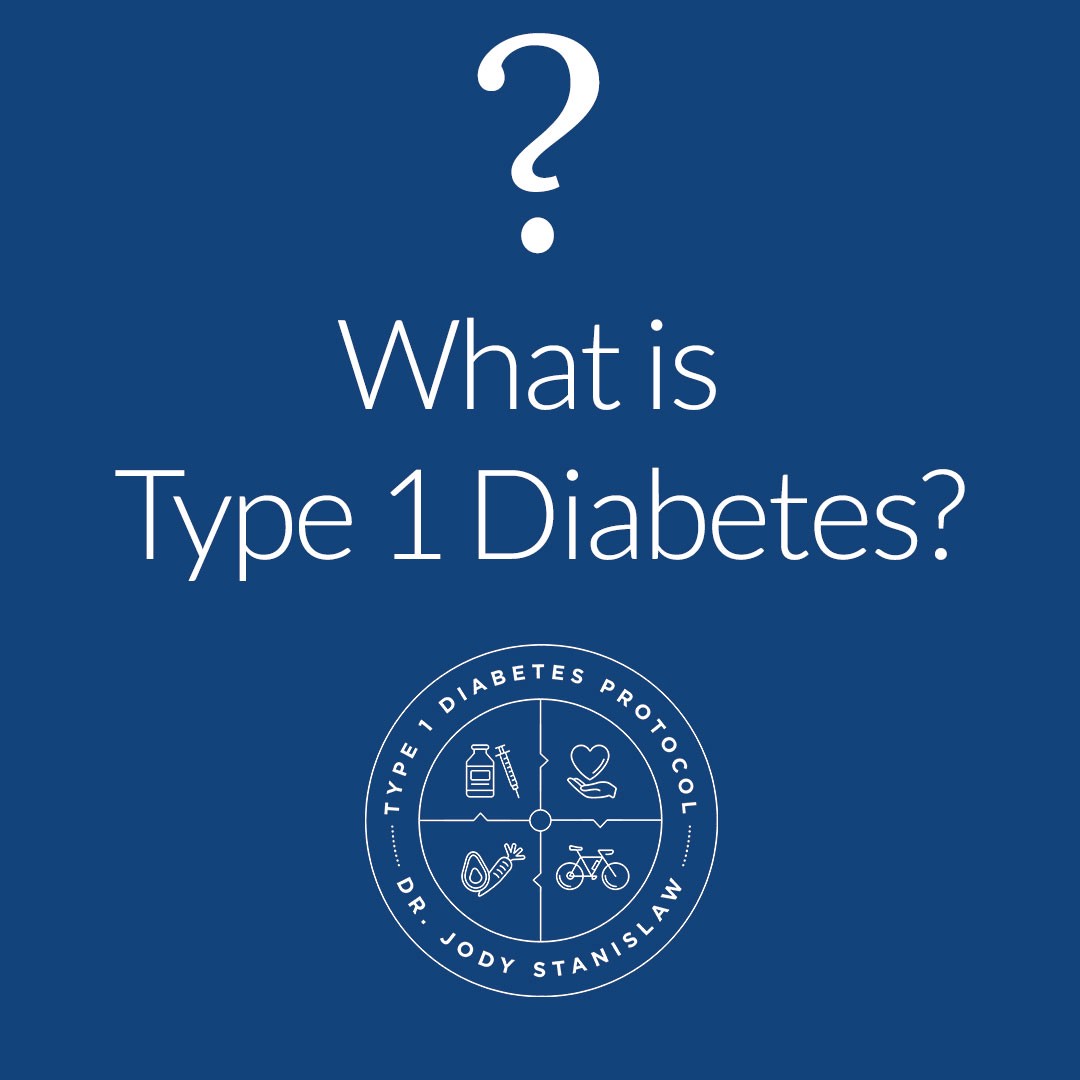Diabetes mellitus is a group of conditions in which a person experiences high blood sugar (glucose) levels, due to the body being unable to make enough or any insulin, and/or unable to utilize insulin adequately.
While it is much less common than the pandemic of type 2 diabetes, according to the Juvenile Diabetes Research Foundation (JDRF), as many as three million American are living with type 1 diabetes, commonly referred to as T1D. About 15,000 children and 15,000 adults are diagnosed each year. Among those under the age of 20, type 1 diabetes diagnoses rose 23 percent between 2001 and 2009.
Type 1 diabetes, unlike type 2, is an autoimmune condition. The body’s immune system, for reasons yet to be fully understood, mistakenly attacks and destroys the insulin-producing cells (beta cells) in the pancreas. Without insulin, the blood glucose levels rise to a dangerous level. A person with undiagnosed T1D will become extremely sick and dehydrated, and if not detected soon enough, this can turn fatal.
Classic Symptoms of Undiagnosed Type 1 Diabetes:
- Increased urination
- Excessive thirst
- Increased hunger
- Unexplained weight loss
- Poor sleep
- Lack of energy
- Bed-wetting
- Blurred vision
- High blood sugar
If symptoms continue without diagnosis or insulin therapy, a person with T1D can develop:
- Nausea
- Vomiting
- Abdominal pain
- Problems breathing
- Coma or death
Type 1 Diabetes Treatment
The main treatment for T1D is insulin, which is administered via injections or an insulin pump. Since insulin is a protein, it cannot be given by mouth, as the digestive enzymes in the stomach will break it down and render it ineffective. Insulin is only a therapy — not a cure.
Treatment of type 1 diabetes is incredibly complex and requires constant attention on a daily basis. Those with T1D must learn how to:
- Count grams of carbohydrate in food
- Calculate insulin dosages at each meal
- Check glucose levels throughout the day
- Treat low blood sugars to avoid falling into a coma
- Reduce high blood sugars to ensure long-term health
- Exercise while avoiding having a debilitating low blood sugar
- Adjust insulin dosages based on changes in activity, stress levels, and more
- And much, much more
Typically, people with T1D must poke their finger (unless they have a continuous glucose monitor) to check their glucose level several times a day and administer insulin injections several times a day (or wear an insulin pump). The frequency depends on the body’s always-changing glucose levels, what and how often food it is eaten, activity level, hormones, stress levels, and more.
Complications of Poorly Controlled Diabetes
Risks of chronically high blood sugar levels include:
- Heart disease, stroke
- Retinopathy (damage to eyes)
- Neuropathy (damage to nerves)
- Nephropathy (damage to kidneys)
- Delayed digestion/gastroparesis
- Frozen shoulder/trigger finger
- Lower-limb amputation
Prevention of Type 1 Diabetes
Currently there are several studies looking into how to prevent type 1 diabetes. Some key players being examined are Vitamin D, omega 3 oils, gut healing protocols, an anti-inflammatory diet, as well as the role of viruses, vaccines, gluten, and dairy.
Researchers are also looking at immunomodulators, which are medications that can alter the immune system to avoid the initial attack on the beta cells in the first place.
One of the most cutting-edge research therapies conducted today is using CRISPR-Cas9 gene-editing technology which is revolutionizing the way doctors and researchers change, alter and manipulate defective DNA from within the living human cells. Using the Cas-9 protein, researchers are transforming stem cells into insulin-producing cells, which would not only help people treat diabetes in the future, but ultimately cure diabetes, and other genetic or inherited diseases through DNA modification. Gene-editing has been known and tried for several years, but it is still relatively new and techniques are still being explored.
Want support on how to get an A1c below 6.5%? Dr. Jody offers private calls, online courses, and a monthly education program called The T1D CREW. Learn more here: www.DrJodyND.com.





